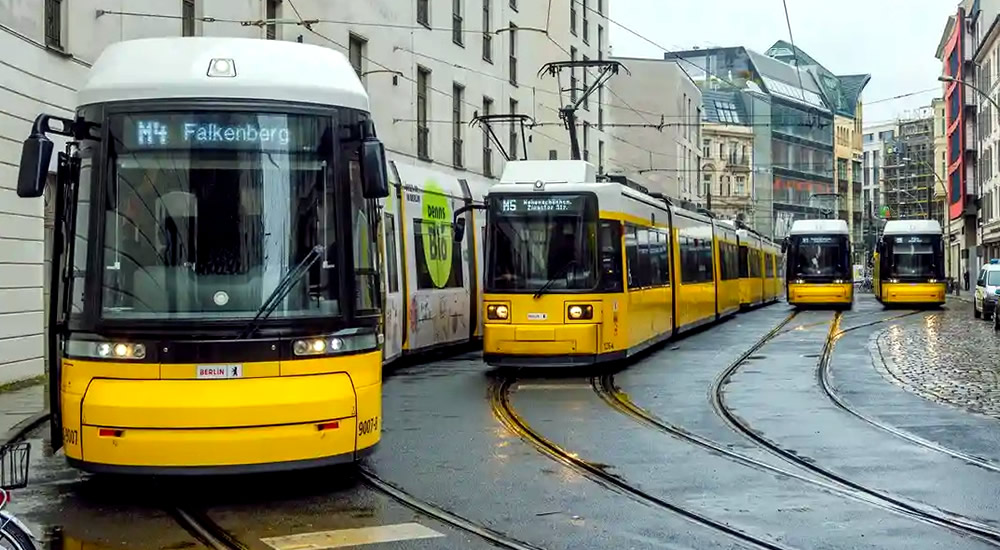Germany’s tram systems are integral to its urban transportation network, blending historical significance with modern innovation. From their inception in the 19th century to contemporary advancements, trams have evolved to meet the changing needs of German cities.

Historical Evolution
Trams emerged in Germany in the late 19th century, initially as horse-drawn carriages. Berlin pioneered electric tram service in 1881, introducing a meter-gauge railway in Gross-Lichterfelde designed by Siemens . By the early 20th century, electric trams had become widespread, serving as the primary mode of urban transport until the 1960s. During this period, many tram systems were dismantled in favor of buses and private vehicles.
However, the 1980s marked a renaissance for trams in Germany. Recognizing their efficiency and environmental benefits, cities began reintroducing and modernizing tram networks. This revival positioned trams as a sustainable solution to urban mobility challenges.
Modern Tram Networks
Today, numerous German cities boast extensive tram systems, each tailored to local needs:
- Berlin: Maintains a robust tram network, particularly in the eastern districts, reflecting its historical development.
- Leipzig: Operates 13 lines over 143.5 km, making it the third-largest tram network in Germany, serving approximately 135 million passengers annually.
- Magdeburg: Features a 64 km network with recent investments in modern low-floor trams, enhancing accessibility and comfort.
- Mannheim/Ludwigshafen: Part of the Rhein-Neckar-Verkehr (RNV) system, this network connects multiple cities, exemplifying regional integration.
- Jena: Operates five lines with a fleet that includes newly introduced Stadler Tramlink vehicles, reflecting ongoing modernization efforts.
- Chemnitz: Combines tram and regional rail services, offering seamless connectivity across urban and suburban areas.
Additionally, the Döbeln Tramway stands out as Germany’s only horse-drawn tram line operating on its original urban route, serving as a living museum of tram history.
Technological Innovations
German tram systems are at the forefront of technological advancements:
- Autonomous Trams: Siemens Mobility has tested autonomous tram technology in Potsdam, utilizing sensors and machine-learning software to navigate urban environments. These trials aim to enhance safety and efficiency in public transportation.
- Vehicle-to-Vehicle Communication: Research into V2V communication-based collision avoidance systems is underway, aiming to improve safety by enabling trams to predict and respond to potential collisions through real-time data exchange.
In conclusion, Germany’s tram systems exemplify a successful blend of historical legacy and modern innovation. As cities continue to prioritize sustainable and efficient transportation, trams remain a vital component of urban mobility, offering reliable service while embracing technological advancements.